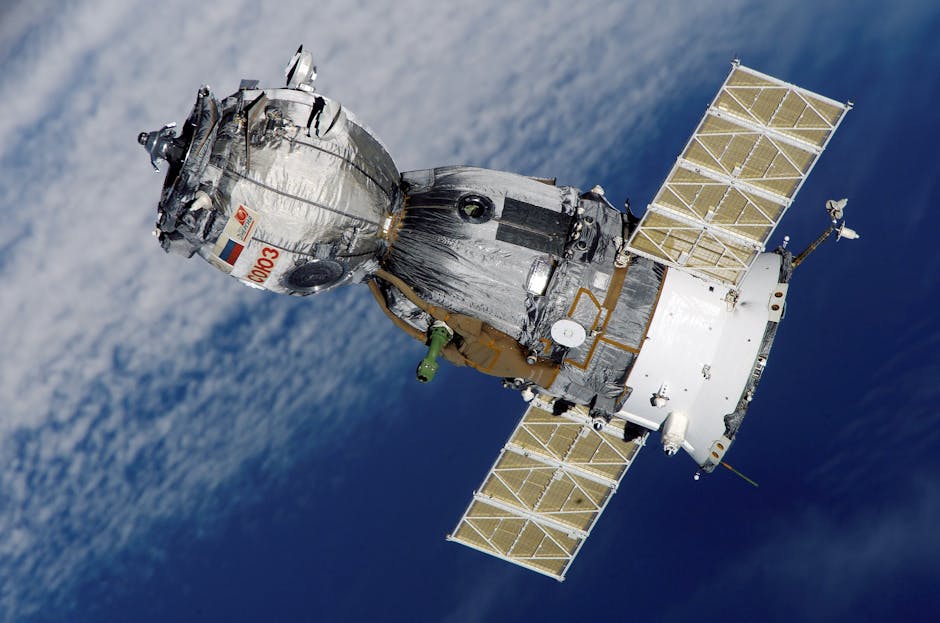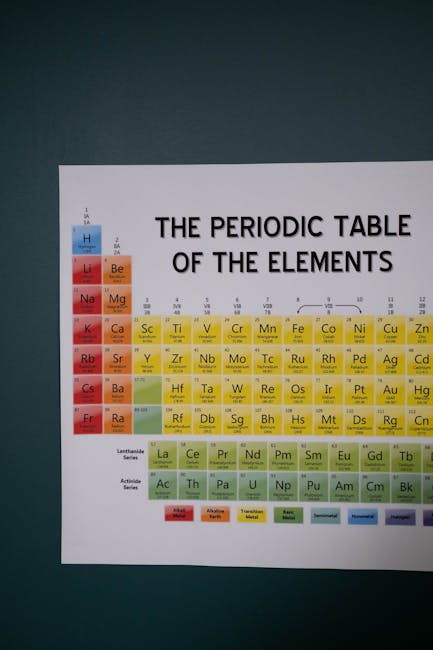The Sun: Our Solar System’s Dynamic Star
The Sun’s Physical Characteristics: A Stellar Behemoth The Sun is classified as a G-type main-sequence star, or a G2V yellow dwarf. This designation indicates its surface temperature and its position in the prime, most stable phase of its life cycle, generating energy through nuclear fusion. Its diameter is approximately 1.39 million kilometers (864,000 miles), a …









